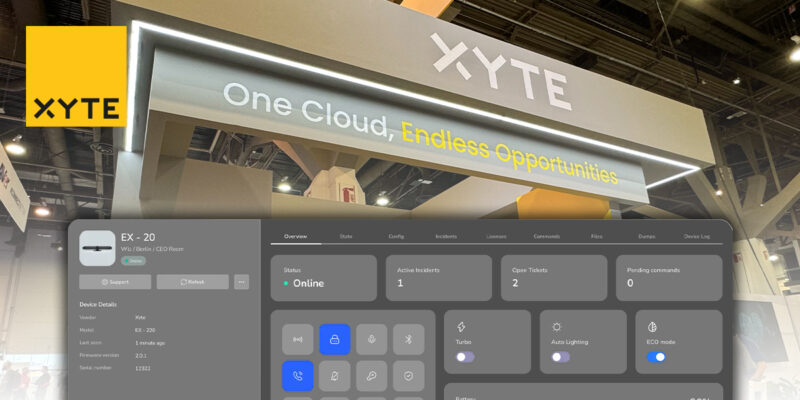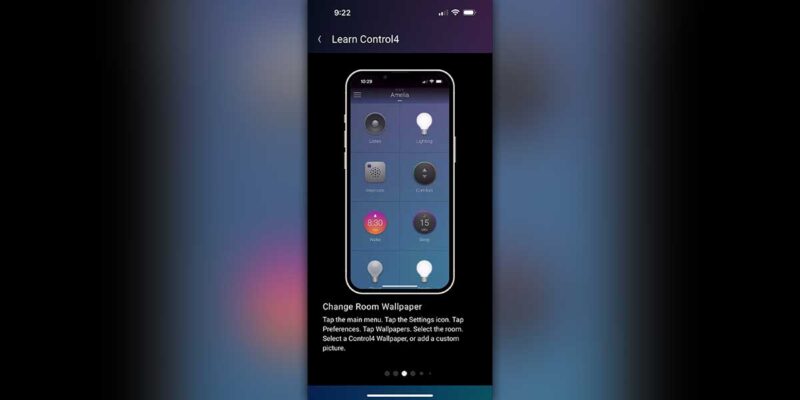Operating Through an Emergency
 Despite our industry’s change from box sales to services, I still see some integrators who don’t seem to understand how a service must deliver value to a customer. As I wrote about last month, I see some who still look at what can deliver money to the firm, independent of value to the customer.
Despite our industry’s change from box sales to services, I still see some integrators who don’t seem to understand how a service must deliver value to a customer. As I wrote about last month, I see some who still look at what can deliver money to the firm, independent of value to the customer.
With the recent hurricanes and flooding in the Carolinas, I have been thinking about a service that could provide real value to educational institutions — that is, how to provide methods for instruction to continue, despite these events.
My favorite definition of a service comes from ITIL v3. It says, “A service is a means of delivering value to customers by facilitating outcomes customers want to achieve, but without the ownership of specific costs and risks.”
Although we don’t always think of ourselves as such, educational institutions are a business. We have a customer and we need to provide a service to that customer. There are times when our ability to provide that service is jeopardized, and when that happens, business continuity is vital. Two things that typically jeopardize our ability to provide a service are widespread illness and weather. These both have the potential of disrupting the education program to our students, for long periods of time. When you consider what a “long period of time” is, you should consider it in terms of hours per course. Many colleges have three hours in a course per week and between 13 and 16 weeks per semester. Thinking this was helps us realize how quickly missed classes add up.
Despite their size, colleges need to be prepared for this potential. In Maine, snow, wind and ice storms have caused extended power outages over the past several years. In the southeast, hurricanes and floods can cause temporary issues, along with much longer standing problems. While lives are the most important factor in these events, once the life threatening part of the weather event is passed, operations need to continue. For education facilities who may be without power, or have buildings that are unusable, creative solutions need to be found. Integrators can be the perfect partner in this.
Step one would be the integrators working with the school to develop plans, both to prepare for such an emergency and for what to do if one occurs. This will likely include developing systems that allow for the faculty to teach via video, with the students tuning in from where ever they are. This also likely includes the ability to create recorded videos that are stored on a server and retrieved by students. It also includes a robust learning management system that can go from being used as a document delivery tool one day to being the classroom the next. We currently build our systems for the day to day needs and uses. Certainly, we all build in some ability to scale, but the expense of building a system to run the entire program remotely would be too high and likely never used. So, we will find value if someone can provide this to us, without us taking the ownership and risks.
A valuable service could be one that would allow us to determine when we needed it and what level of it would be needed. For example, we may run into a situation where there is an outbreak of an illness and we want to quarantine sick students or students who may not be vaccinated to this disease. In this case, the class may gone on as normal, with quarantined students tuning in remotely. An integrator can provide value by helping the school plan for this, with camera and audio in rooms, along with the video conference software. Another situation may be an ice storm where power is out for an extended period of time. The integrators could have worked with the school in advance to determine and document which buildings have generated power. Certain classes could continue from these buildings, while the rest of the classes happen via web conferencing. The faculty could be wherever is convenient for them, and the students could either be back home, or some place that the school has provided them.
Finally, the biggest problem would be when several buildings, or a majority of buildings have been made unusable for extended period of times. This could also be a case of a major outbreak of illness that requires the school to send all the students home. This would require all classes to be taught remotely. It would require servers that would need to be ready to handle the increased load in a very short period of time. It would require faculty and students who were trained in using the systems, whether it be video conference or video recording.
These are all things that an integrator could be prepared to offer:
- Training on an annual basis to make sure the faculty are aware of how to use the technology.
- Servers and tools that are running and ready to be used at a moments notice. Hardware in the hands of the faculty to use the tools.
- Helpdesk type support for the people who end up needing the services.
Finally, the integrators could provide valuable training and planning. How many of your classes are equipped for this technology? Are those clearly listed and ready to be pulled up when needed in an emergency? Is all of this clearly documented and off-site, so that a virtual “switch” could just be flipped? If done properly, because this service provides value to the college, it could also provide a nice revenue stream to an integrator. An annual recurring stream would be the training, planning and refreshing of plans. An as needed revenue stream could occur when there are situations that the school needs the service. The service could charge based on the scale of the problem. Is it a minor outbreak as defined earlier, or is it an entire shutdown for an extended period? Each would have its own costs.





